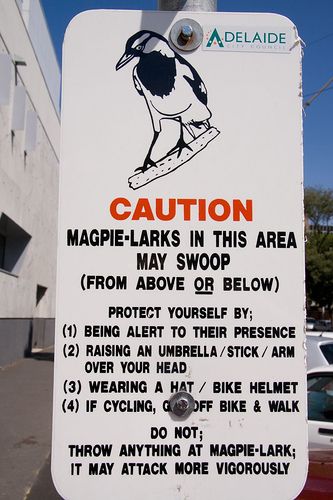Colons and semicolons are some of the most feared, omitted and misused punctuation marks in the history of English grammar! From children who never learn to use them properly, to adults who secretly always omit them because they’re just not sure, nobody ever seems to quite know how to use them, which is which, or what their real role is anyway. But if colons confound you and semicolons leave you stumped, fear not! Help is at hand with the funny grammar guide’s simple, no-nonsense rules to when to use which and when to leave them well alone!
Colons
When we write, we often want to join together two separate sentences to make one longer, complex sentence. One way of doing this is to use a conjunction (a joining word) to bridge the gap. Conjunctions are words like and or but. If NO conjunction is used, then a colon can be used to join the two sentences when the second sentence illustrates or further explains what was said in the first sentence.
For example: I like going to the cinema: horrors are my favourite.
Or: Tom loved marshmallows and toffee: both were sweet and sticky.
Another use of the colon is to introduce a list at the end of a sentence.
For example: Mammals have several common characteristics: hair, warm blood and live young.
Although strictly speaking a colon should only introduce a list at the end of a proper sentence, they are occasionally used to introduce lists after a title, which was the effect intended by the maker of this magpie sign. Unfortunately, as you can see, he has chosen the wrong form of punctuation, making an already bizarre sign even stranger! Colons may also occasionally be used to introduce quotes, usually if the quote is longer than two lines in length. They might also be used to introduce examples, as seen throughout this blog post!
Semicolons
Like a colon, a semicolon may be used in place of a conjunction to join two separate sentences. The difference is that a semicolon should be used when the second sentence does NOT illustrate or explain the first, but is simply a separate or new idea.
For example: Nick ate the popcorn; it tasted delicious.
Note that although the two sentences refer to the same subject and continue the same thought, the second one does not qualify or explain the first – it is simply a new piece of information on the same theme.
TOP GRAMMAR TIP
As these are two separate sentences, they need a semicolon to separate them as a comma would not be sufficient. Using a comma in place of a semicolon is one of the most common mistakes in English grammar, as this unfortunate democrat billboard illustrates!
Unlike a colon, a semicolon may also be used to join two separate sentences if an introductory word like however, therefore or for example is used. These words are sometimes called connectives.
TOP GRAMMAR TIP
In these cases, the semicolon directly precedes the introductory word, which must then be followed by a comma.
For example: I hate sweet things; however, I do enjoy the occasional ice cream.
Another important use of the semicolon is to separate items on a list when the items themselves contain commas.
For example: Our students come from towns and cities as diverse as Los Angeles, California; Boston, Massachusetts and Nashville, Tennessee.

This rather unfortunate church sign is an ideal way to illustrate the difference between the colon and the semicolon. Its meaning is ambiguous because of its lack of punctuation. If a colon was used to separate the two clauses, it would suggest that the church should be allowed to help with the killing, because of the implied explanation or extension of the first sentence by the second! If a semicolon was used however, the two sentences would be considered separate, giving the intended positive message! This is a great example of the power these little punctuation marks have to completely change the meaning of your sentences…use them wisely!





